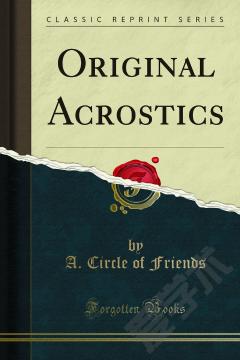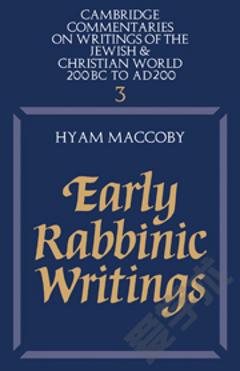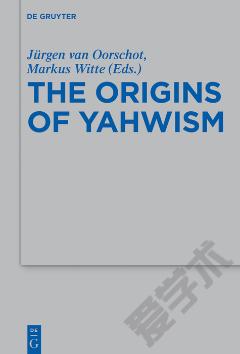Original Torah
Is the Torah true? Do the five books of Moses provide an accurate historical account of the people of ancient Israel's origins? In The Original Torah, S. David Sperling argues that, while there is no archeological evidence to support much of the activity chronicled in the Torah, a historical reality exists there if we know how to seek it. By noting the use of foreign words or mentions of technological innovations scholars can often pinpoint the date and place in which a text was written. Sperling examines the stories of the Torah against their historical and geographic backgrounds and arrives at a new conclusion: the tales of the Torah were originally composed as allegories whose purpose was distinctly and intentionally political. The book illustrates how the authors of the Pentateuch advanced their political and religious agenda by attributing deeds of historical figures like Jeroboam and David to ancient allegorical characters like Abraham and Jacob. If Abraham had made peace with Philistines, for example, then David could rely on a precedent to do likewise. The Original Torah provides a new interpretive key to the foundational document of both Judaism and Christianity.
{{comment.content}}








 京公网安备 11010802027623号
京公网安备 11010802027623号